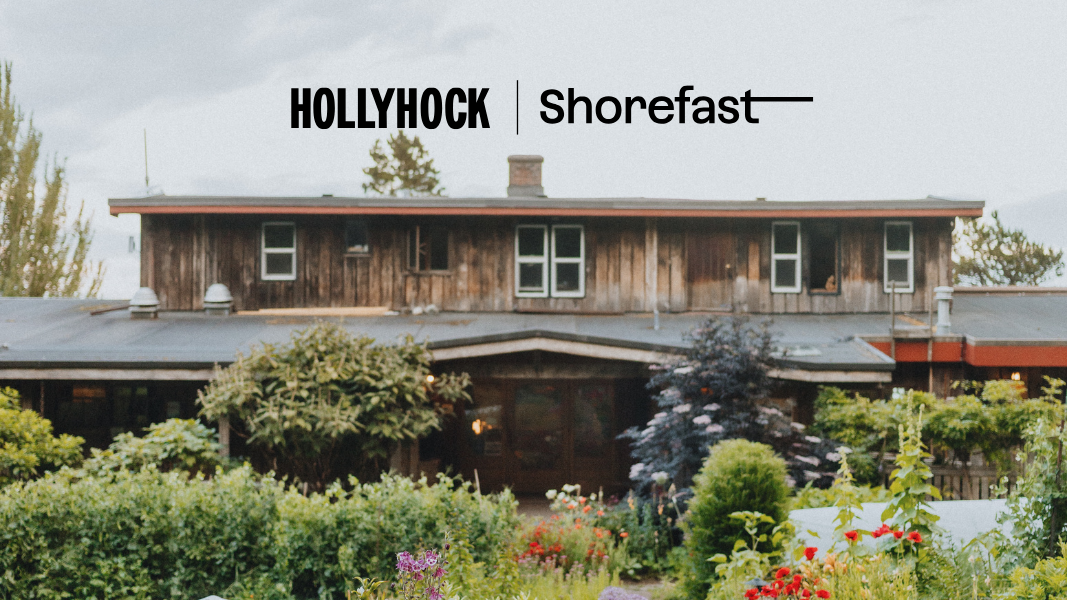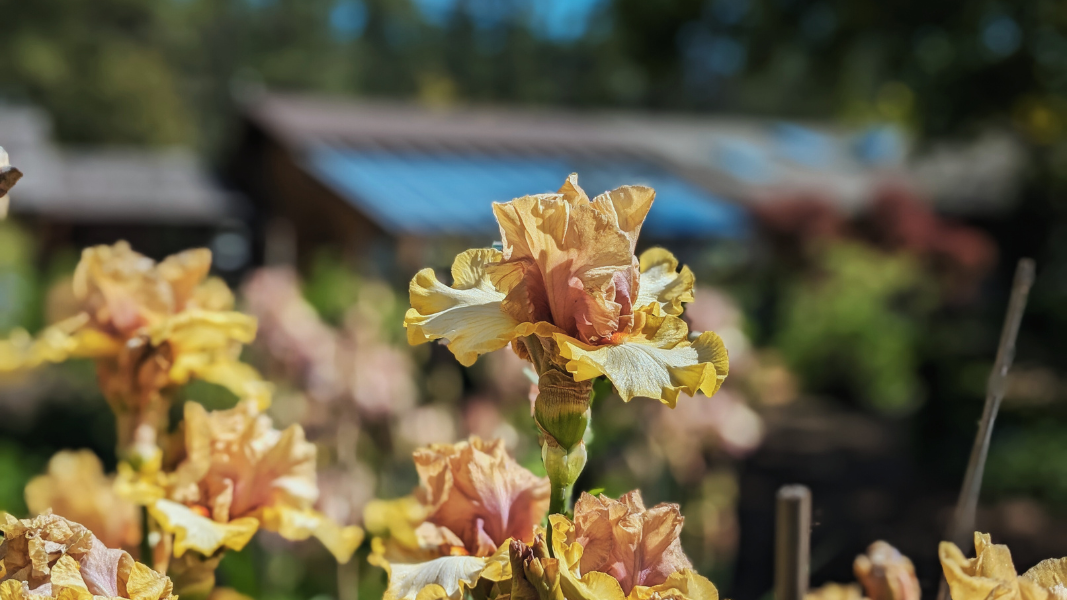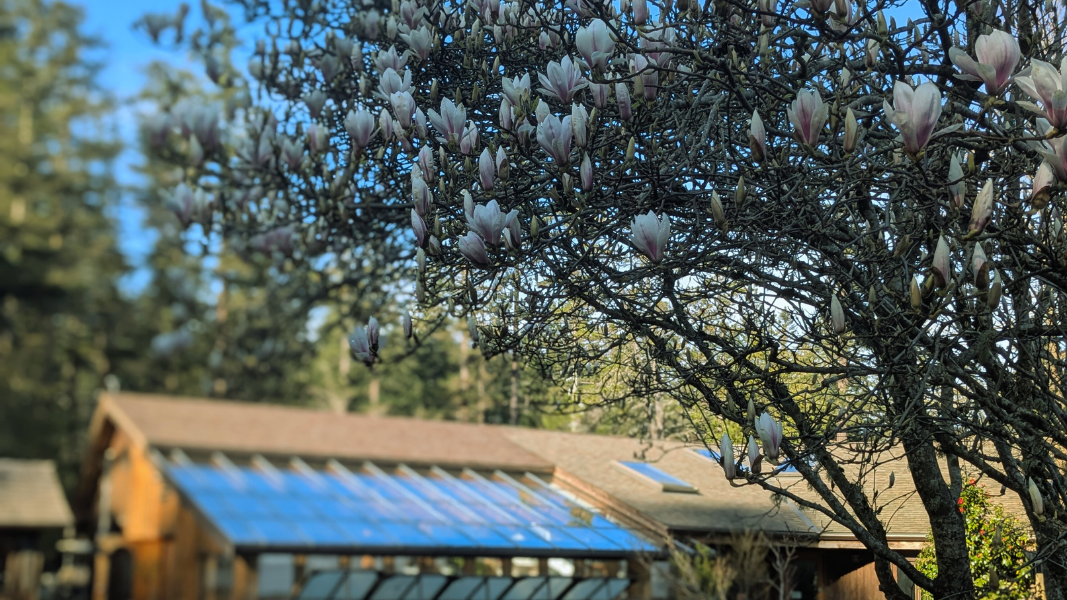So many of our wonderful guests, presenters, and staff today are concerned about sustainability, food supply, and waste in general. It’s so hopeful to read stories about the ways different companies are putting into practice using all aspects of their food operation. Many major urban areas are also experimenting with composting food waste to lessen the need for landfills and provide precious fuel to grow more abundant healthy food.
This past week, Baldor Speciality Foods, the leading processor and distributor of fruits and vegetables in the Northeast, accomplished a Landmark goal in the reduction of food waste. The Bronx-based company became the first U.S. wholesaler to completely eliminate organic waste from its production facility. Now, 100% of what was once discarded when Baldor sliced, peeled, and otherwise prepared the produce for their Fresh Cuts program (think, naked carrots with their tops lopped off) are repurposed for human or animal consumption.
These, as Baldor calls them, SparCs—that’s “scraps” spelled backwards, part of sustainability director Thomas McQuillan’s effort to rebrand the typically-discarded produce matter we call “waste”—are sold at a fraction of the price of their typical value. Those that are edible for humans go to the New York cooking school and restaurant Havens’ Kitchen in D.C. Those that humans can’t consume (think cantaloupe rinds and mango pits) still make good food for pigs, chickens, or the compost pile.
But well before McQuillan was making news in the food services industry, he was developing his skills as a home cook. After spending two years of high school in a vocational program for food, during which he devoted half of his time learning cooking techniques in a restaurant kitchen, he stayed involved the industry and was eventually able to leverage his knowledge of cooking into his business experience.
It’s logical, then, that when McQuillan first realized how important it was that Baldor put this “waste” to use—not just for environmental purposes, but also for financial ones (from a business strategy standpoint, it’s smarter to make money from all parts of produce rather than pay for disposal)— he took to the kitchen, and not only to the boardroom, to convince his colleagues.
“I started cooking with it,” he told me, “so that it couldn’t get sent away to sanitation.” McQuillan’s philosophy is to not just give people an understanding that something is edible and can be delicious—but to actually show them.
One of the first dishes McQuillan made at Baldor was inspired by the sweet potato processing machine, which washes the tubers with a jettison of water and then peels them. McQuillan made a sweet potato gratin, and served it to visiting chefs, by simply incorporating those otherwise-discarded peels. The president of Baldor went in for seconds.
When summer came, McQuillan started taking home tomato tops—previously tossed when Baldor prepared sliced or diced tomatoes for retail—to turn into sauce: “My tomato sauce became exclusively made by the top of tomatoes in fruit production.”
Some day—and not too far off—McQuillan speculates that we’ll see tomato tops, carrot peels, and asparagus bottoms (which can be dehydrated in a low oven overnight, then ground into a powder and used to bind meatballs or partially replace flour in a pizza dough)—as valuable ingredients, both in terms of nutrition and taste. And we’ll stop throwing them away by default. After all, there was a (sad) time when potato skins were discarded rather than filled with bacon and cheese and served as bar snacks.
But it’s not only in the work setting that McQuillan enacts his philosophy. He turns his job into what he calls “a fun project” after hours, too: “If I’m invited over to a friend’s house, I look in their fridge and make dinner from what they have. And I’ll show them how many things they can create out of what’s in the refrigerator. Chances are, you don’t need to go to the grocery store — you can make a meal of what you already have.”
So, invite me for supper and we can experiment and clean out your fridge and prepare and enjoy a lovely supper or meal together!
Broccoli Marrow with Pecan Garlic Butter
At a loss with what to do with your broccoli stems? Earlier this summer I stumbled upon Ideas in Food, a cooking blog blending science, technique, and some inventive ideas. Browsing the archives, I found this article on using brussel sprouts stalks like bones, scooping out the tender marrow within. I knew instantly I’d be trying this with my broccoli stalks come summer’s end.
We set about chopping, steaming, and grilling the stalks, then topping it all with a slightly spicy, sweet nutty butter and it was amazing. I left the texture somewhat toothsome, but you can cook them even longer for a more tender morsel. I like to cook in my convection oven at home for two people at a high oven temp of approximately 450 degrees F.
Makes 1 cup sauce and lots of broccoli stalks
- a pile of broccoli stalks
- Neutral oil with a high smoke point
- 6 tablespoons butter
- 1 handful chopped pecans
- 1 garlic clove, thinly sliced
- 1 pinch red pepper flakes
- 2 teaspoons lemon juice
- Salt and pepper, to taste
- Trim all leaves from the broccoli stalks. Being very careful, cut off the root end with a chefs knife. Then cut each stalk into 4 to 5 inch lengths.
- Place stalks in a steamer and steam for about 40 minutes. You might want to test one to see what the texture is like. Once done, lightly oil and char on a grill for about 10 to 15 minutes. Or oil and roast in the oven. If they start getting too drak, tent w/foil and continue to roast until tender Allow to cool, cut in half, and plate.
- Melt butter in a pot, add pecans, and stir for a couple of minutes. Add garlic and red pepper flakes and simmer gently until the garlic edges begin to crisp, but not quite brown. Stir in lemon juice and season with salt and pepper. Pour over stalks and eat immediately. If needed, you could reheat briefly to ensure the butter is still melted. Scoop the sweet, tender broccoli “marrow” with a spoon directly into your mouth!










